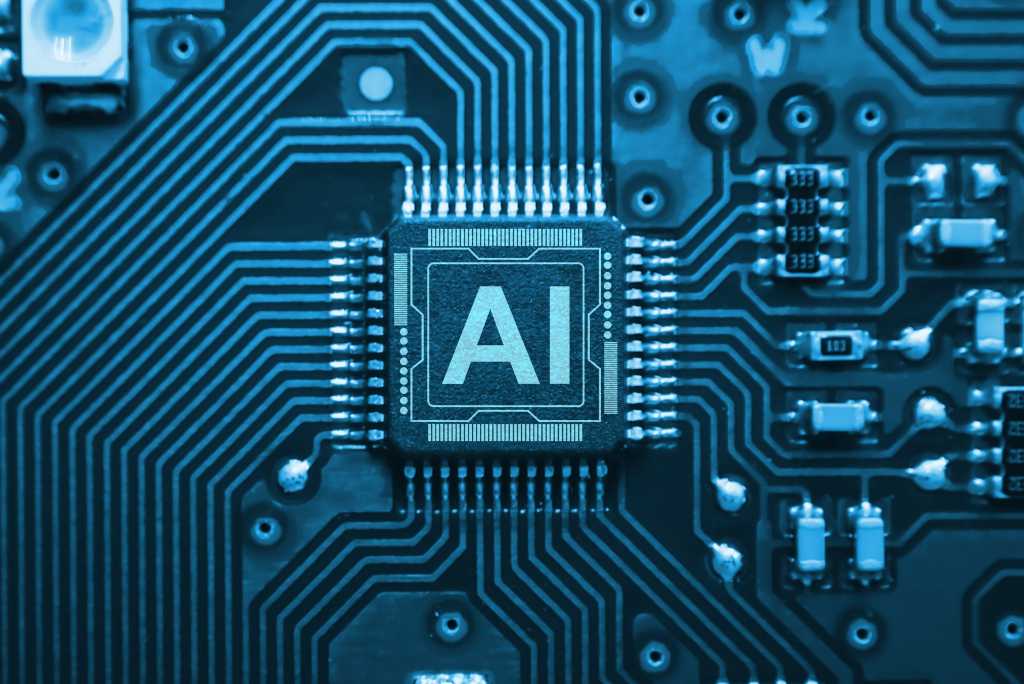
“A lot of CIOs are starting to question whether their current AI infrastructure choices will hold up in the long run. It’s not just about picking a cloud provider anymore. The lines between cloud, models, and hardware are blurring fast,” said Sanchit Vir Gogia, the chief analyst at Greyhound Research. “This deal also reveals how tightly linked the AI supply chain has become, with cloud capacity, model availability, and silicon strategy now moving in lockstep rather than as separate decisions.”
Gogia stressed that the potential purchase decision strategy changes could be much more significant.
“Here’s the part that matters to CIOs: when you pick a model now, you’re not just picking a model. You’re picking a hardware path, a cloud footprint, and a cost profile that will shape how your AI projects scale or don’t. Microsoft’s move to integrate Claude into Foundry and Copilot isn’t just about more choice. It signals a shift in posture. What used to be a one-model strategy is now moving toward a portfolio play. That gives buyers more options, but it also introduces more complexity,” Gogia said.
He added, “there is also a deeper pattern emerging. The flow of capital, compute and model access between these companies is becoming circular in nature. Infrastructure vendors are funding the very AI labs that become their largest customers, which can blur the real economics for enterprises planning long-term budgets. You’ll need stronger governance to keep those options manageable.”
But another analyst said the new partnership highlights Anthropic’s growing needs.
“Anthropic, like OpenAI, needs to hedge its bets across multiple XPU and GPU vendors,” said Patrick Moorhead, CEO of Moor Insights & Strategy. “This is smart, as they can compare TCO across all the vendors over time and keep vendors hungry.”


